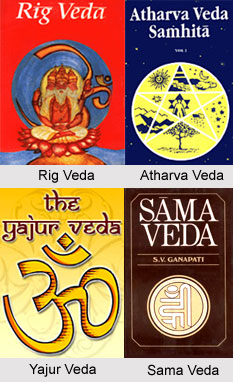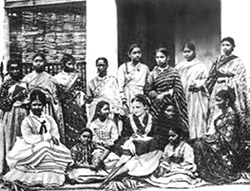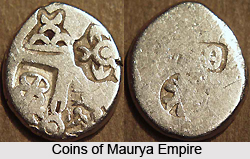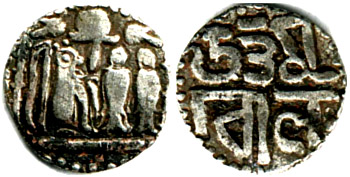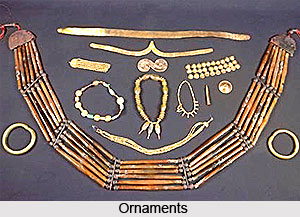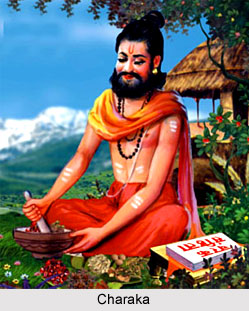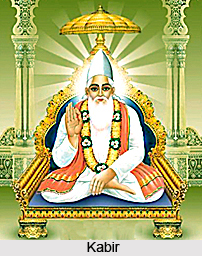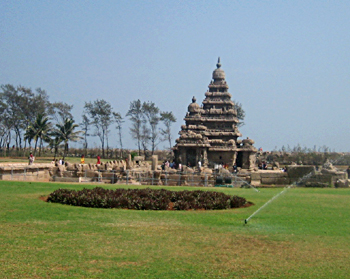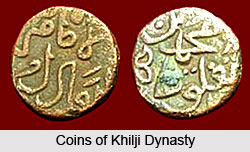The Baudhayana Sutras constitute a collection of Vedic Sanskrit texts that encompass a wide array of subjects, encompassing dharma, daily rituals, and mathematics. These ancient texts hold a significant place within the corpus of Hinduism`s Dharma-related literature, having endured through the sands of time since the 1st millennium BCE. They are affiliated with the Taittiriya branch of the Krishna Yajurveda school and represent some of the earliest exemplars of this genre.
Comprising six distinct texts, the Baudhayana Sutras cover diverse aspects of knowledge and practice:
Srautasutra: This segment likely comprises 19 Prasnas or questions, delving into rituals of the Srauta tradition.
Karmantasutra: With 20 Adhyayas or chapters, this portion is dedicated to the exploration of various rituals and actions (karma).
Dwaidhasutra: Comprising 4 Prasnas, this text deals with specific aspects of duality.
Grihyasutra: Also consisting of 4 Prasnas, this section focuses on domestic rituals and practices.
Dharmasutra: This text, divided into 4 Prasnas, explores the intricate facets of dharma, the moral and ethical framework of Hinduism.
Sulbasutra: Spanning 3 Adhyayas, the Baudhayana Sulbasutra stands out for its mathematical contributions, housing early mathematical findings. Notably, it includes an approximation of the square root of 2 and articulates the Pythagorean theorem, an enduring mathematical principle of geometry.
These venerable texts, originating from a bygone era, provide a window into the intellectual and spiritual pursuits of ancient India, offering valuable insights into Vedic knowledge, societal norms, and mathematical achievements.
Baudhayana Shrautasutra
The Baudhayana Shrautasutra, a significant text concerning the execution of Vedic sacrificial rituals, boasts a dedicated following among specific sects of Brahmin communities across South India. This ancient text`s adherents include the Smarta brahma?as, notably the Iyers and some Iyengars in Tamil Nadu, the Yajurvedis or Namboothiris in Kerala, the Gurukkal Brahmins (Aadi Saivas), and the Kongu Vellalars.
Distinguished by their adherence to the Baudhayana Shrautasutra, these practitioners embrace a distinct approach to ritualistic observance. Notably, they perform 24 Tila-tarpa?a, a ritual act of offerings using sesame seeds, as a homage to Lord Krishna, who is said to have conducted tarpa?a on the day preceding amavasya (the new moon). Consequently, they refer to themselves as adherents of the "Baudhayana Amavasya" tradition.
This tradition, firmly rooted in the Baudhayana Shrautasutra, reflects the rich diversity within Hinduism`s ritualistic practices and highlights the enduring influence of ancient Vedic texts on religious observance among specific Brahmin communities in the southern regions of India.
Baudhayana Grihyasutra
The Baudhayana Grihyasutra is a significant component within the broader category of Grihya-sutras in Hinduism. Grihya-sutras are a class of instructional manuals that meticulously delineate the domestic (grihya) religious rituals and ceremonies conducted by both male and female householders, often involving the sacred element of fire. These texts, alongside the Shrauta-sutras, which govern the grand Vedic sacrifices, and the Dharma-sutras, which provide guidelines for ethical conduct, collectively constitute the Kalpa-sutras—a compendium of texts that emerged within various Vedic schools.
The primary focus of the Baudhayana Grihyasutra, in particular, is the elucidation of a wide spectrum of ceremonies, known as samskaras, which hold profound significance at various stages of an individual`s life journey. These rituals span from the auspicious moment of conception to the solemn rites associated with one`s final departure from this earthly realm. Additionally, the Baudhayana Grihyasutra meticulously prescribes the observance of the five daily sacrifices, known as mahayajna, which form an integral part of a householder`s religious duties.
Furthermore, this revered text encompasses directives for the performance of seasonal ceremonies, which align with the changing rhythms of nature. It also imparts guidance on rituals to be observed on special occasions such as house construction or cattle breeding. In essence, the Baudhayana Grihyasutra serves as an invaluable repository of knowledge, providing comprehensive instructions for the religious and ceremonial aspects of domestic life in the context of Hinduism, and thus, enriching the spiritual tapestry of Vedic tradition.
Baudhayana Dharmasutra
The Baudhayana Dharmasutra, akin to its counterpart by Apastamba, is an integral component of the extensive Kalpasutra. These Dharmasutras are organized into prasnas, or "questions" which can be likened to books or chapters. However, the structural coherence of the Baudhayana Dharmasutra is somewhat obscured by its incomplete transmission through time.
The historical evolution of this text has not been immune to modifications, including the incorporation of additional content and clarifications over the passage of years. Within its prasnas, the Baudhayana Dharmasutra encompasses various components, including the Srautasutra, which delves into ritual procedures, and other ritual treatises. It also encompasses the Sulvasutra, a segment dedicated to the intricate realm of Vedic geometry, and the Grhyasutra, which lays out the protocols for domestic rituals.
Despite the uncertainties surrounding its structure and the adaptations it has undergone, the Baudhayana Dharmasutra remains an essential part of the larger tapestry of Hindu jurisprudence and ritual practice, providing insights into the evolving nature of legal and ritualistic traditions within ancient India.
Baudhayana Sulbasutra
The Baudhayana Sulbasutra, a pivotal text within the genre of Shulva Sutras, occupies a unique place in the realm of Vedic knowledge by intertwining geometry with the intricacies of fire-altar construction. These Shulva Sutras, a subset of the broader Shrauta Sutras, are regarded as adjuncts to the Vedas, shedding light on the mathematical prowess of ancient India during the Vedic period.
These texts are the sole repositories of mathematical knowledge from this era. Notably, the Shulva Sutras link distinctive fire-altar shapes with divine blessings. For instance, constructing a fire-altar in the form of a falcon was believed to be a path to heaven, while shaping it like a tortoise symbolized aspirations for attaining the realm of Brahman. In contrast, those seeking to overcome adversaries, both present and future, were advised to fashion a fire-altar in the shape of a rhombus.
Among the four major Shulva Sutras, which bear significant mathematical import, are those attributed to Baudhayana, Manava, Apastamba, and Katyayana. These texts are composed in late Vedic Sanskrit, implying their creation during the 1st millennium BCE. Among them, the Baudhayana Sulbasutra, possibly compiled between 800 BCE to 500 BCE, is recognized as the oldest, serving as a testament to the early origins of Indian mathematical and geometric insights.
Pythagorean Theorem in Baudhayana Sulbasutra
The Baudhayana Sulbasutra, a seminal text in ancient Indian mathematical and geometric knowledge, articulates what is now recognized worldwide as the Pythagorean Theorem. This fundamental principle, albeit known to various ancient civilizations including the Greeks and Chinese, found its earliest recorded expression in Mesopotamia as far back as 1800 BCE. Notably, the Sulbasutra primarily state mathematical rules without offering formal proofs.
Within the pages of this text, Baudhayana presents a rope-measure-based statement of the Pythagorean Theorem for isosceles right triangles, thereby contributing a practical application of this geometric concept. Additionally, Baudhayana addresses the intriguing problem of finding a circle whose area equals that of a square, a matter akin to the mathematical challenge of squaring the circle.
Delving further into its mathematical insights, the Baudhayana Sulvasutra, elaborated upon in the Apastamba Sulbasutra, furnishes a formula to compute the length of the diagonal of a square in terms of its sides, effectively providing a means to determine the square root of 2.
Among the array of other theorems expounded in this text are those elucidating that the diagonals of a rectangle bisect each other, the diagonals of a rhombus bisect at right angles, and the area of a square formed by joining the midpoints of another square is precisely half of the original square. Additionally, it notes that the midpoints of a rectangle, when connected, form a rhombus whose area equates to half that of the original rectangle. These mathematical insights, as preserved in the Baudhayana Sulvasutra, stand as enduring contributions to the realm of ancient geometry and continue to inform contemporary mathematical knowledge.
About Baudhayana
Baudhayana, an eminent Indian mathematician, lived during the period spanning approximately 800 BC to 740 BC. Distinguished as a Brahmin priest deeply versed in the Vedas, he left an indelible mark on the field of mathematics. Baudhayana`s enduring legacy is notably attributed to his formulation of the original version of the Pythagorean Theorem, predating its association with the Greek mathematician Pythagoras. He holds the distinction of being the pioneering Indian mathematician who contributed significantly to the development of several fundamental mathematical concepts. The credit for authoring the earliest Sulba Sutras goes to him. His theories have been complied to form Baudhayana sutras.





